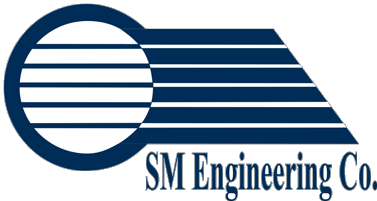There are many different factors in your bills, some hidden and some not, which can lead to billing errors and overcharges. Rates, tariffs, demand charges, revenue taxes, surcharges, fuel adjustments, reactive charges and miscellaneous credits can all be miscalculated and misapplied.
As the utility bills are reviewed, a complete accounting type function is performed. This is a level-1 analysis that requires obtaining the most current utility tariff and reconstructing the bills based on actual incremental rates. By comparing the utility charges to the actual tariffs makes it easier to spot billing errors, meter reading errors and computation errors. Level II analysis is a more in-depth study that may be necessary to determine rate qualification. Negotiating different rates are necessary if the rate option is not clearly defined. This may require filing a rate case with the Public Utility Commission.
Currently, utility costs are not based on the cost of production. In the 70’s everybody was projecting increased use of electricity in the future and utility companies were building large generating capacities. So, today’s cost of electricity includes all that extra generating capacity. There is a great pressure to deregulate electricity. That means the local utility companies have the threat of a third party supplying electricity through their grid system. Co-generation, and other sources of power also, all pose competition to utilities. Because of this perceived competition and regulatory environment, utilities are forced to offer many different rates. This has made buying electricity a lot more complex and it is sure to get more confusing because of more changes coming in the future.


